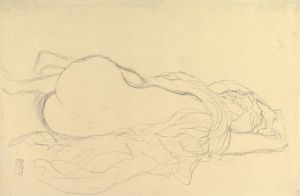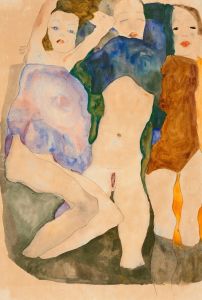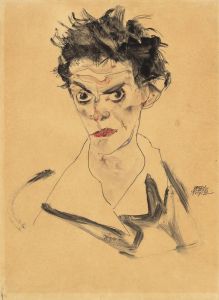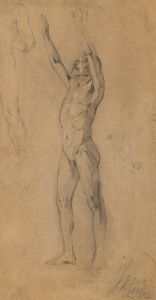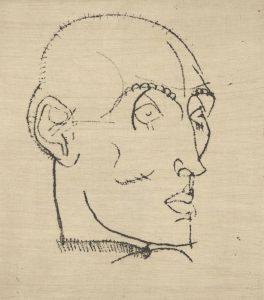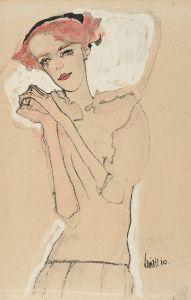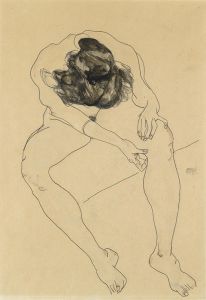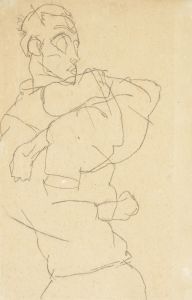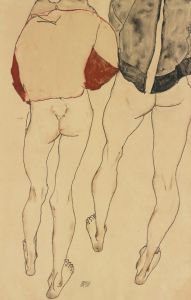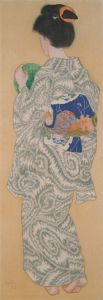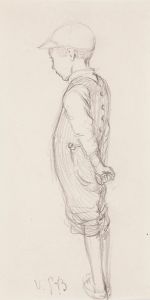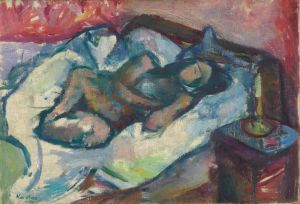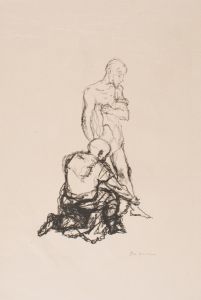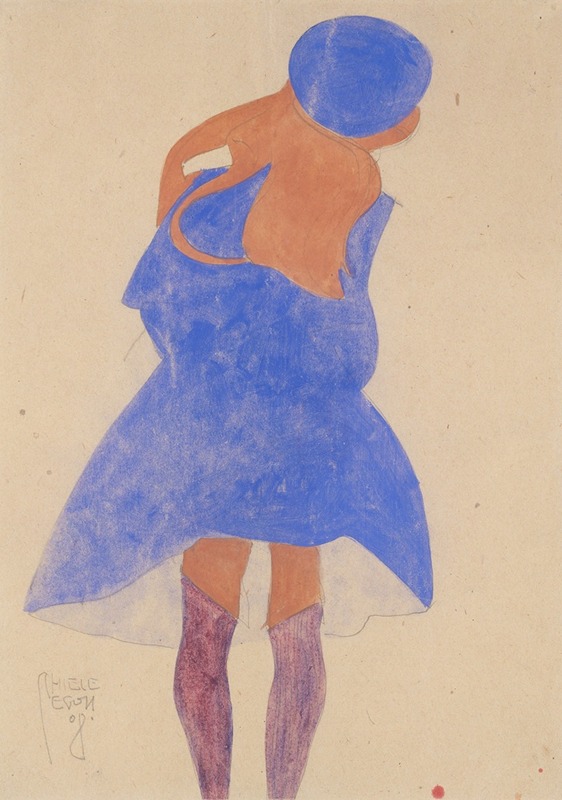
Standing Girl, Back View
A hand-painted replica of Egon Schiele’s masterpiece Standing Girl, Back View, meticulously crafted by professional artists to capture the true essence of the original. Each piece is created with museum-quality canvas and rare mineral pigments, carefully painted by experienced artists with delicate brushstrokes and rich, layered colors to perfectly recreate the texture of the original artwork. Unlike machine-printed reproductions, this hand-painted version brings the painting to life, infused with the artist’s emotions and skill in every stroke. Whether for personal collection or home decoration, it instantly elevates the artistic atmosphere of any space.
"Standing Girl, Back View" is a notable work by the Austrian painter Egon Schiele, created in 1913. Schiele, born in 1890, was a protégé of Gustav Klimt and is recognized for his distinctive style that often explores themes of sexuality, death, and self-identity. His works are characterized by their raw emotional intensity and unique, often distorted, portrayal of the human figure.
This particular piece, "Standing Girl, Back View," exemplifies Schiele's fascination with the human form and his skill in capturing the subtleties of the human body. The painting depicts a young girl standing with her back to the viewer, her body slightly twisted to one side. The figure is rendered in Schiele's signature style, with elongated limbs and a stark, almost skeletal appearance. The use of line in this work is particularly striking, with bold, expressive contours that define the girl's form against a minimalistic background.
The painting is executed in gouache and pencil on paper, a medium that Schiele frequently employed. The choice of materials allows for a delicate interplay of color and line, creating a sense of depth and texture. The girl's skin is rendered in pale tones, contrasting with the darker, more defined lines of her hair and the shadows that accentuate her form. This contrast highlights the vulnerability and fragility of the subject, a recurring theme in Schiele's oeuvre.
"Standing Girl, Back View" is part of a larger body of work in which Schiele explores the female form from various angles and perspectives. His approach to the human body is both clinical and empathetic, revealing an intense curiosity about the physical and emotional states of his subjects. The back view in this painting invites the viewer to consider the girl's identity and emotions, even though her face is hidden from view. This anonymity adds a layer of mystery and introspection to the work, encouraging the viewer to engage with the subject on a deeper level.
Egon Schiele's career was tragically short; he died in 1918 at the age of 28 during the Spanish flu pandemic. Despite his brief life, Schiele left behind a significant body of work that continues to influence and inspire artists and art lovers around the world. His contributions to the Expressionist movement and his innovative approach to the human figure have cemented his place in art history.
"Standing Girl, Back View" is housed in the Leopold Museum in Vienna, which holds the largest collection of Schiele's works. The museum's collection provides a comprehensive overview of Schiele's artistic development and his impact on early 20th-century art. This particular piece is a testament to Schiele's ability to convey complex human emotions and his mastery of form and line.
In summary, "Standing Girl, Back View" is a quintessential example of Egon Schiele's artistry, showcasing his unique style and his profound exploration of the human condition. The painting remains a significant work within Schiele's oeuvre and continues to be celebrated for its emotional depth and technical brilliance.





